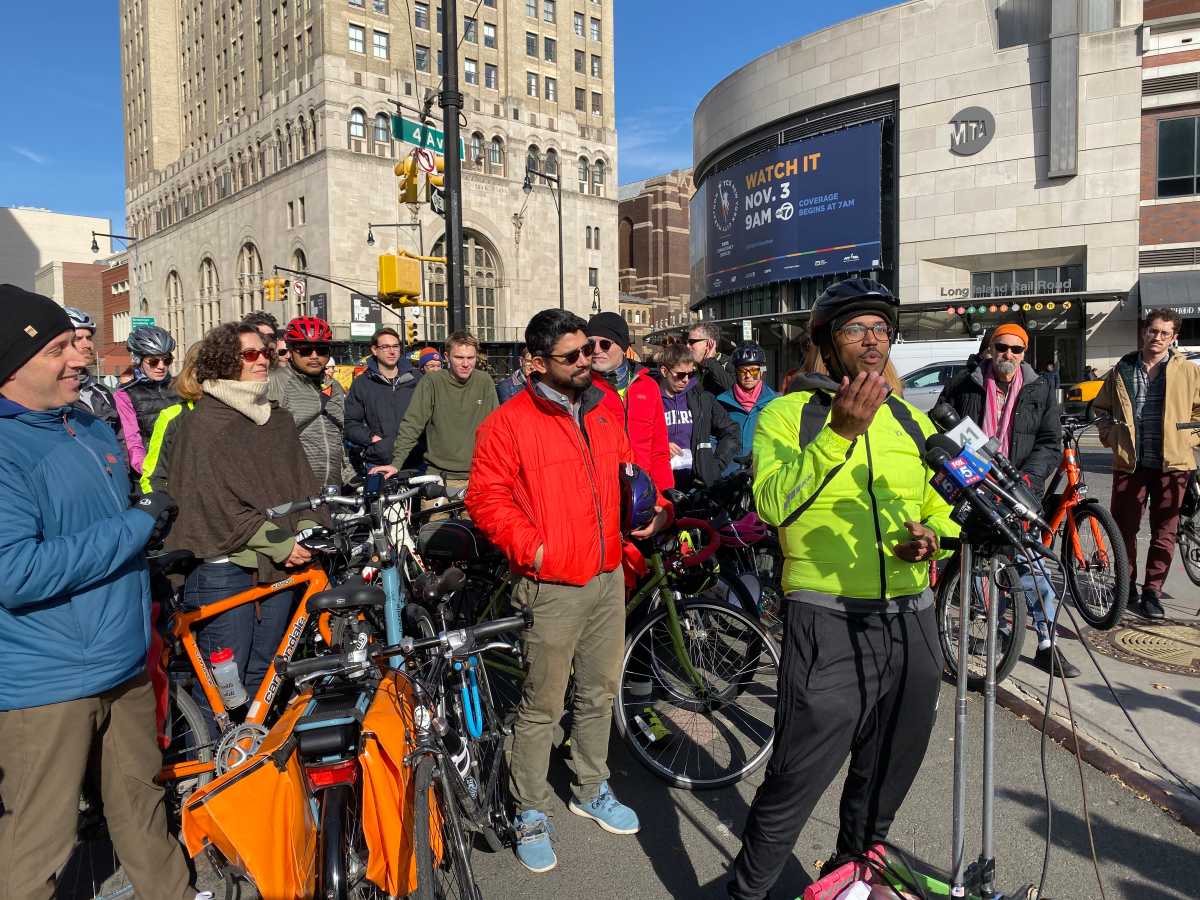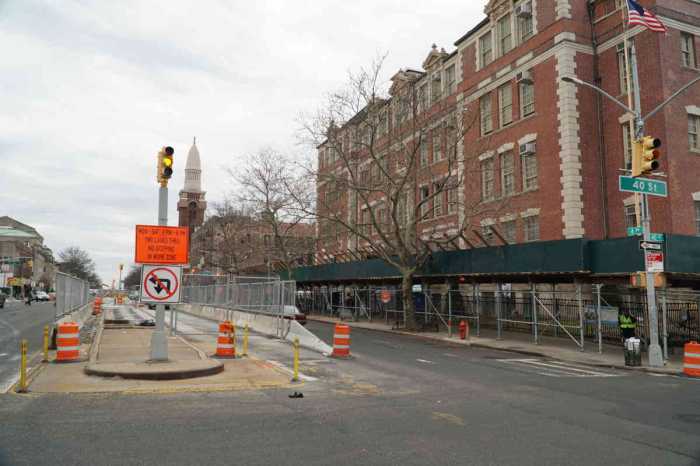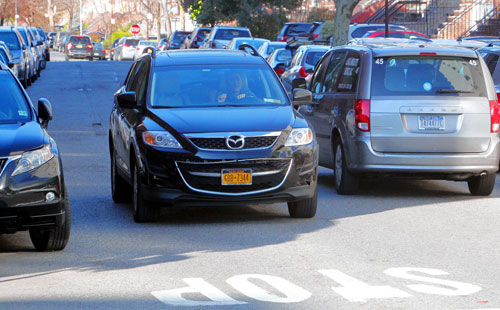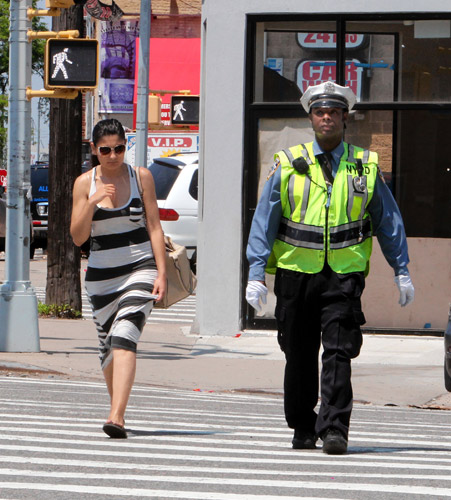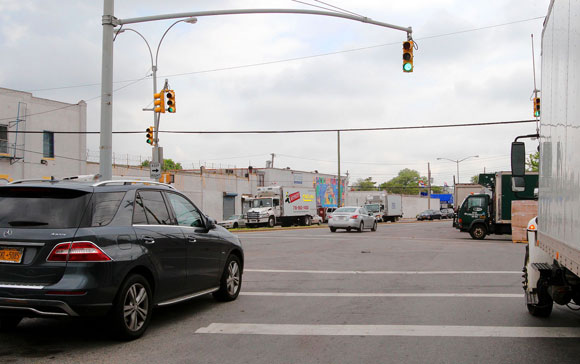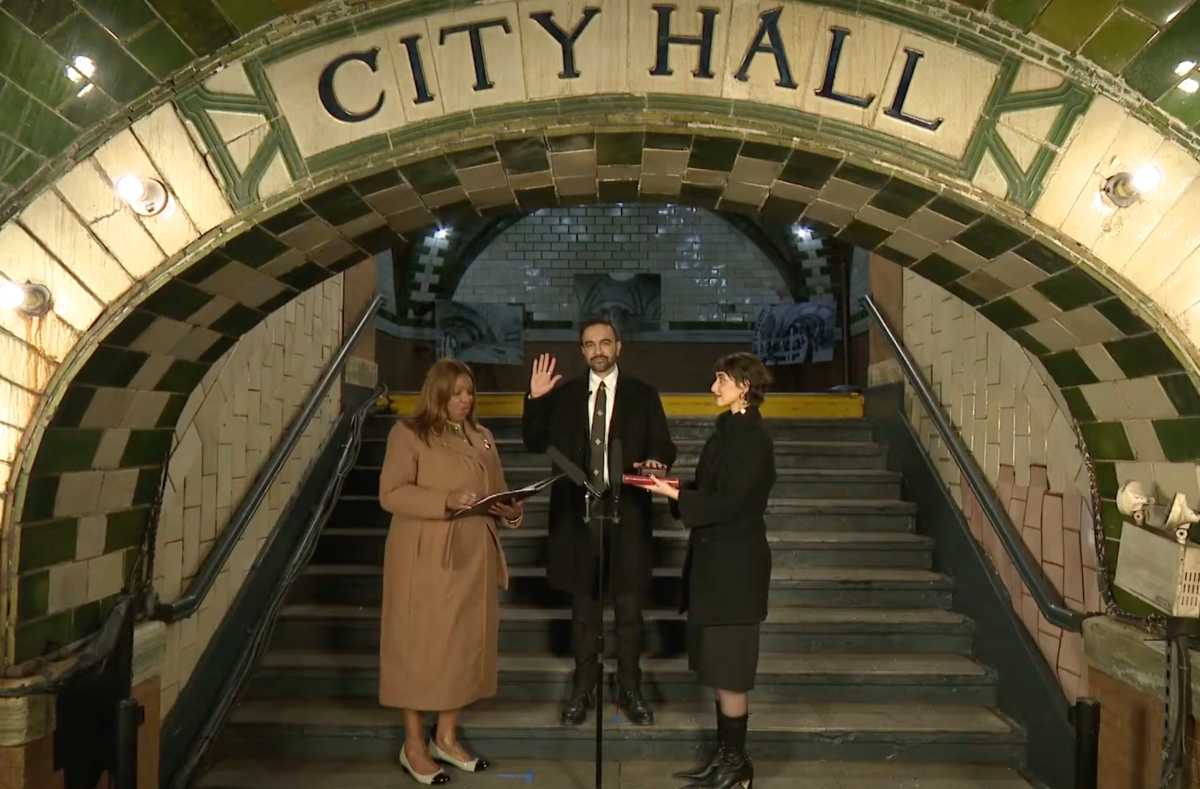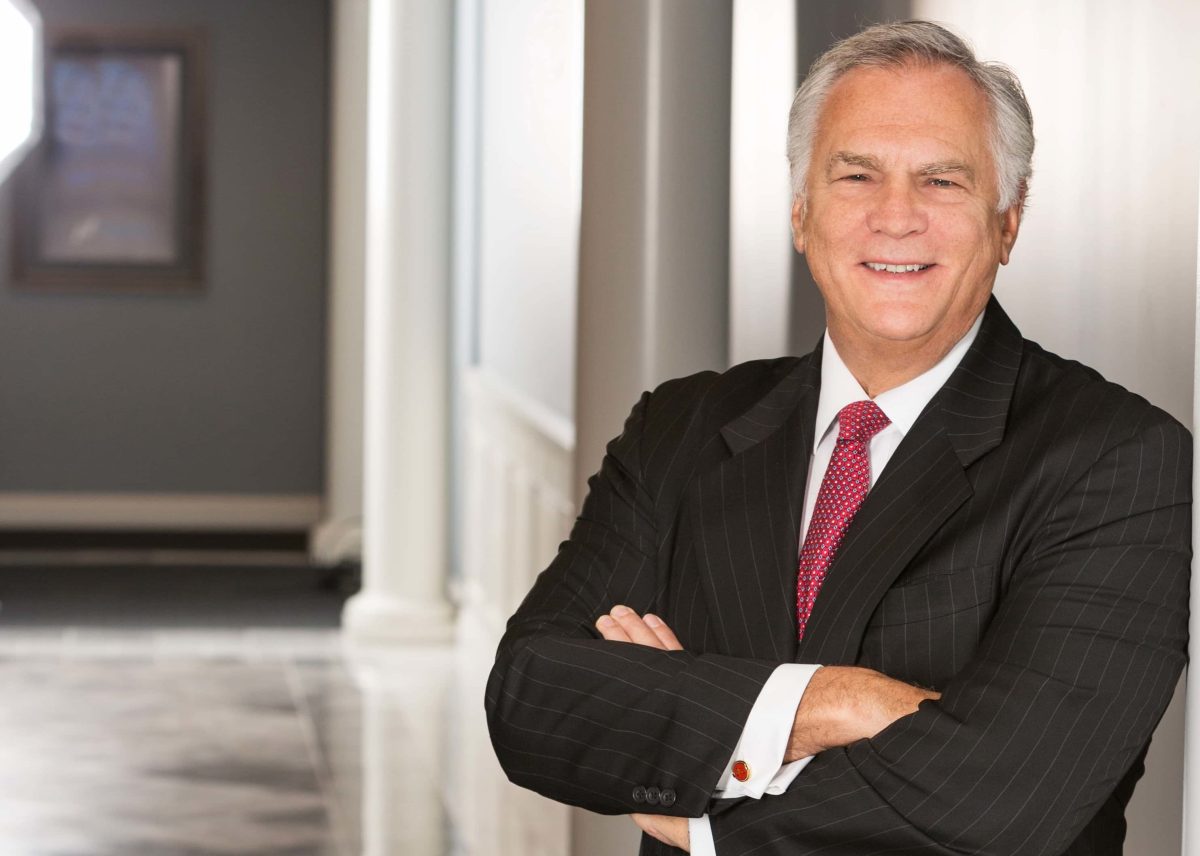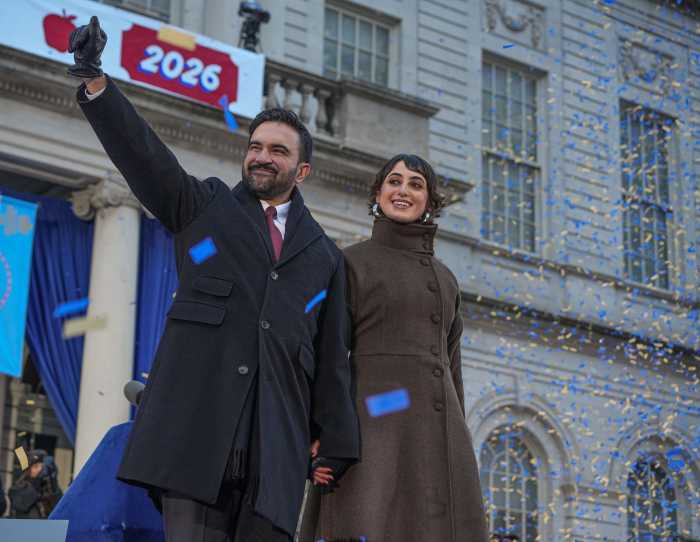Cycling advocates are demanding the Department of Transportation speed up construction of the Fourth Avenue bike lane in Park Slope, where cyclists are forced to merge with traffic after the bike path suddenly ends 15 blocks short of its final destination.
“Limited lanes in isolation do not keep us safe,” said Blythe Austin, who joined a rally outside Atlantic Terminal on Saturday as a member of Families for Safe Streets. “Every time a lane dead ends or there is a gap, then we have to merge back into traffic – and that is dangerous.”
The city is currently in the process of adding pedestrian safety islands, greenery, and protected bike lanes from 65th Street in Bay Ridge to Atlantic Avenue in Park Slope to the north-south thoroughfare as part of the city’s so-called “Green Streets” program.
Builders started work on the protected bike lanes — which separate cyclists from traffic via a row of parked cars — in spring last year, but work stalled south of First Street, where northbound cyclists are forced to either turn east towards Prospect Park, or mingle with traffic along the uptown speedway.
“You’re asking people on bikes to basically merge back into traffic that’s going 30, 35, 40 miles an hour,” said Brian Hedden, a bike activist from southern Brooklyn.
A Department of Transportation spokesman declined to explain why construction was halted, saying only that cyclists shouldn’t expect any progress on the bike lane until spring next year.
When the Fourth Avenue project was first presented to the community in 2017, reps for the Department of Transportation did warn residents that construction along the final stretch of the bike lane between Carroll Street and Atlantic Avenue may be delayed by the heavy traffic that passes through that area, according to one local transit buff.
“When they originally presented to the community board, they told us that because of the traffic volume… it is more of a challenge between Carroll Street and Atlantic Avenue, so they need to do extra work to figure out how best to deal with that,” said Eric McClure, the Chairman of Community Board 6’s Transportation Committee.
However, the DOT’s foresight doesn’t excuse the agency from making an extra effort to protect cyclists, according to McClure, who said the city should rush to complete the project before the first major snowstorm of the year makes the work impossible.
“They should move as quickly as possible to rectify the situation,” said McClure. “It doesn’t seem unreasonable to ask them to extend work into the winter.”
And if work can’t be completed before the weather turns sour, the city could at the very least install signs warning cyclists of the bike lane’s sudden end.
“Some kind of signage that would show what kind of routes to take instead of being dumped into traffic would be a positive thing,” McClure said.
This isn’t the first time cyclists have complained about the patchwork construction of the Fourth Avenue bike lane, which formerly dumped cyclists into a construction site managed by the Metropolitan Transportation Authority.


